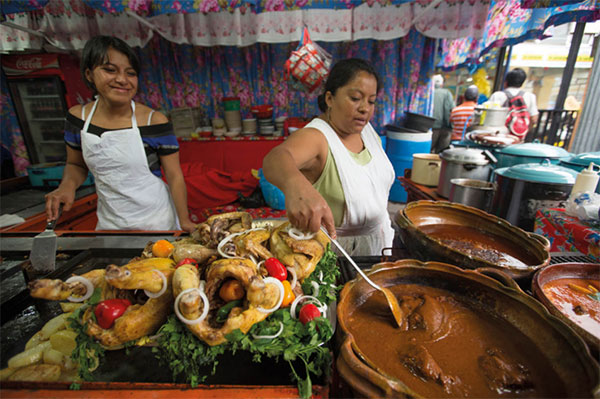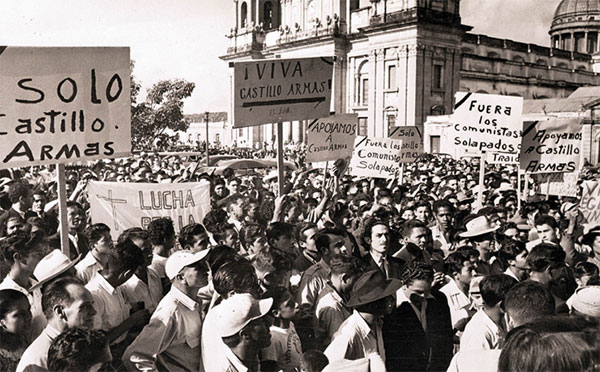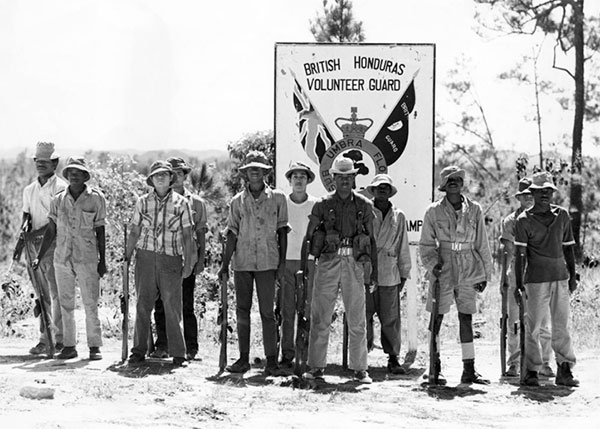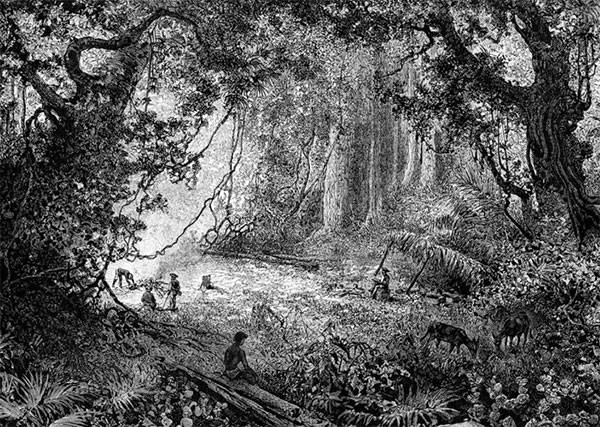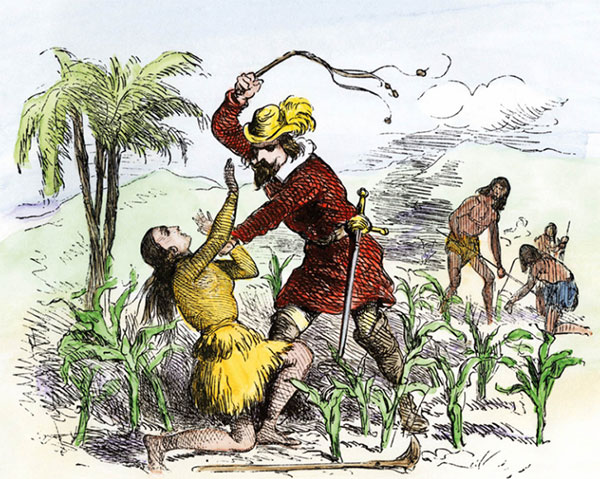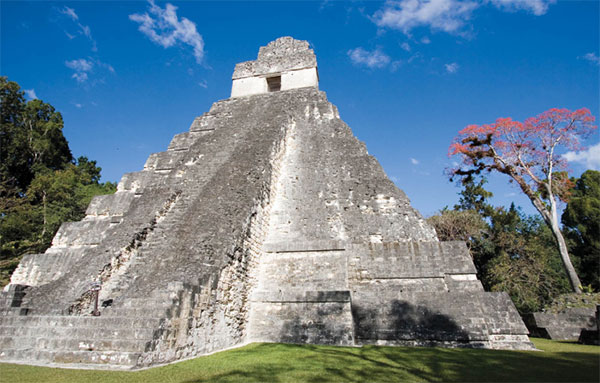Hurricane Mitch At peak intensity, Mitch sustained winds of 285 km/h and had one of the lowest barometric pressures for any Atlantic hurricane. The hurricane weakened as it reached the shores of Honduras, yet moved so slowly across Guatemala and Nicaragua that it dropped historic amounts of rainfall. Deaths due to catastrophic flooding made it…
Category: Life and LifeStyle
All posts are about lifes.
Migrant Workers – Central America Travel Guide
MIGRANT WORKERS The US is home to millions of immigrants from the Northern Triangle countries of El Salvador, Guatemala and Honduras. While many are undocumented and lack legal pathways to bring the children they left behind to the United States, the desire to reunify remains strong. Upticks of instability throughout the region increase the drive…
The Nicaragua Revolution – Banana Republics – Central America Travel Guide
The Nicaragua Revolution With the backing of the US, the Somoza family political dynasty came to power in Nicaragua in 1912 and would rule for the next seven decades. With wealth from US-based multinational corporations and the backing of the US military, their rule was characterized by rising inequality and widespread political corruption. General Anastasio…
Banana Republics – Central America Travel Guide
BANANA REPUBLICS The canal brought mostly positive changes to Panama. Infrastructure was developed to treat water, sewage, and garbage within the Canal Zone and the cities of Panama and Colón. The area was even rid of yellow fever using techniques pioneered by Cuban physician Carlos Finley by 1905. Although the US originally signed a contract…
Modern History – Central America Travel Guide
MODERN HISTORY Natural disasters, civil wars, and foreign intervention have dominated headlines in recent decades, but stability in the region finally seems to be within reach. The 20th and 21st centuries have seen many ups and downs in Central America. There has been no shortage of drama to say the least. Civil Wars, uprisings, revolutions,…
Flying The Flag – Central America Travel Guide
FLYING THE FLAG Central America’s strategic location between the Atlantic and the Pacific was emblematic for the formation of the short-lived Federal Republic of Central America. The federation’s flag displayed a white band between two blue stripes, epitomizing the land between two oceans, while the coat of arms showed five mountains, each signifying a different…
Repartimiento – Central America Travel Guide
REPARTIMIENTO When slavery was abolished, the Crown still had to support the need for labor. The unethical system of encomienda was replaced by a system called repartimiento (meaning to divide up) which required all Indigenous men between the ages of 16 and 60 to labor for one week of each month for private individuals, religious…
European Conquest – Central America Travel Guide
Legendary ferocity The Spanish conquest of the Maya in Guatemala was entrusted to Pedro de Alvarado. He achieved it with a ferocity that became legendary. In 1523, he and some 800 men defeated the main army of the K’iche’ and slew their leader, Tecún Umán. Alvarado then advanced on the K’iche’ capital, K’umarkaaj, and burned…
Insight: Tikal – Central America Travel Guide
INSIGHT: TIKAL Possibly the most visually impressive of all the Maya cities, Tikal stands majestically in the Petén jungle, occupied now only by monkeys, toucans, and other exotica. As the first sunlight filtered through the early morning mist, the high priest, Iahca Na, emerged from the inner sanctum of Temple I. Yik’in Chan K’awiil, waiting…
The Mayan Calendar – Central America Travel Guide
THE MAYAN CALENDAR The observation of the heavens, and the calculation of time based on the movement of the stars, the sun, and the moon, was of the utmost importance to the Maya. Many great Maya sites, such as Chichén Itzá, had observatories from where the experts could calculate the calendar, and they proved to…
